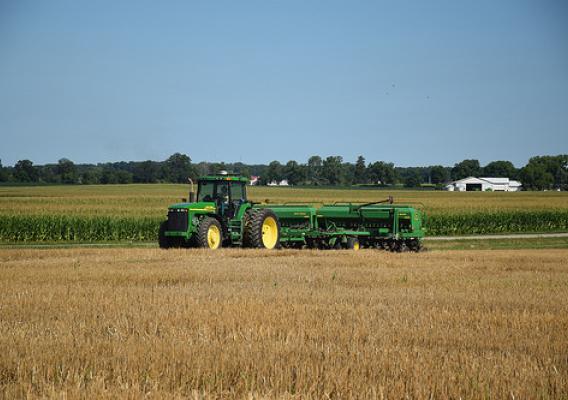Agriculture Secretary Tom Vilsack hosted the world’s eight best soil judges last week after they earned the top spots at the 1st International Soil Judging Contest in Jeju, South Korea, in June. The Natural Resources Conservation Service Soil Science Division was actively involved in organizing the event and mentoring the winners. The first and second place teams, both from the U.S., along with their coaches, participated in a roundtable discussion with Secretary Vilsack and NRCS Chief Jason Weller to talk about soil judging, the importance of soil health, and careers in soil science. In addition, NRCS’ Landscape Architect, Bob Snieckus, led the students and coaches on a tour of USDA’s green projects, including the rooftop garden and The People’s Garden.
It was the first international soil judging contest, but soil judging in the United States dates back to at least 1960. The events involve the description, classification and interpretation of soil, with the main purpose of helping students recognize important soil and landscape properties and to consider these characteristics when deciding how to use soils. A contest involves “judgers,” or students interested in soil science, entering a soil pit to examine the profile. The judgers then determine where the different horizons are and describe each one, looking at factors such as soil type, color, depth, consistency, shape, structure and other features. The soil is classified, and site and soil interpretations are performed.









